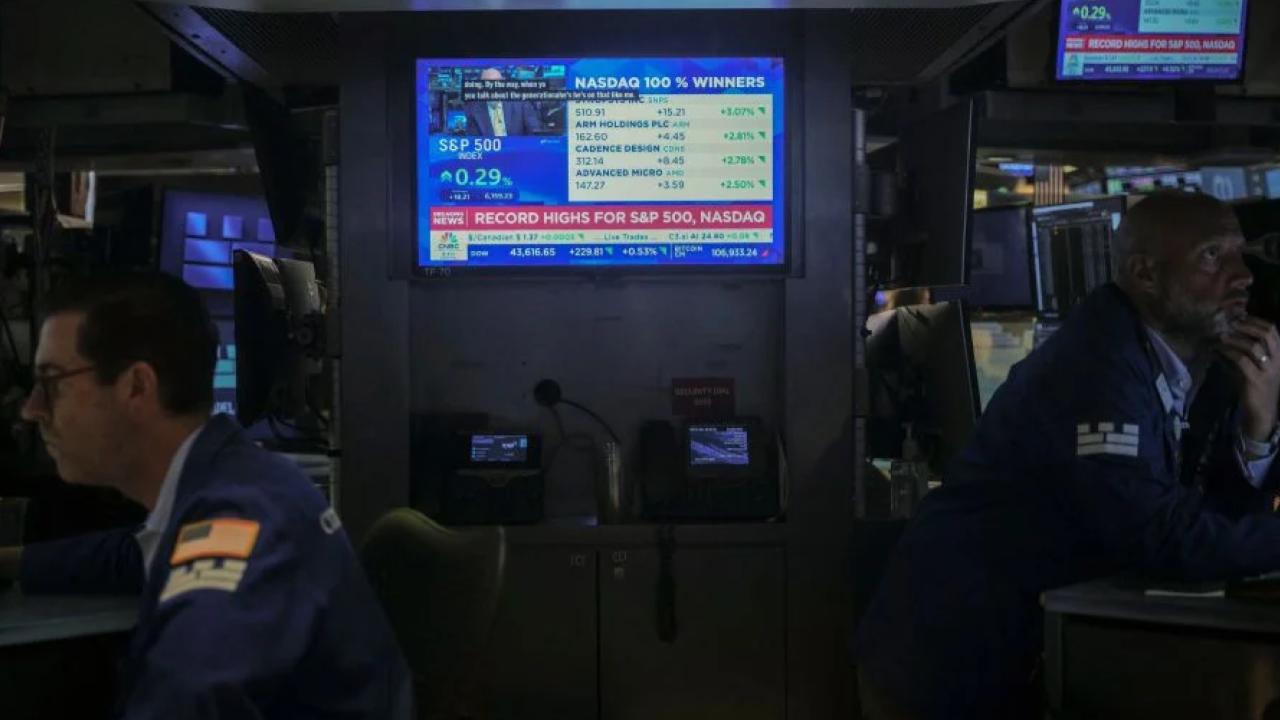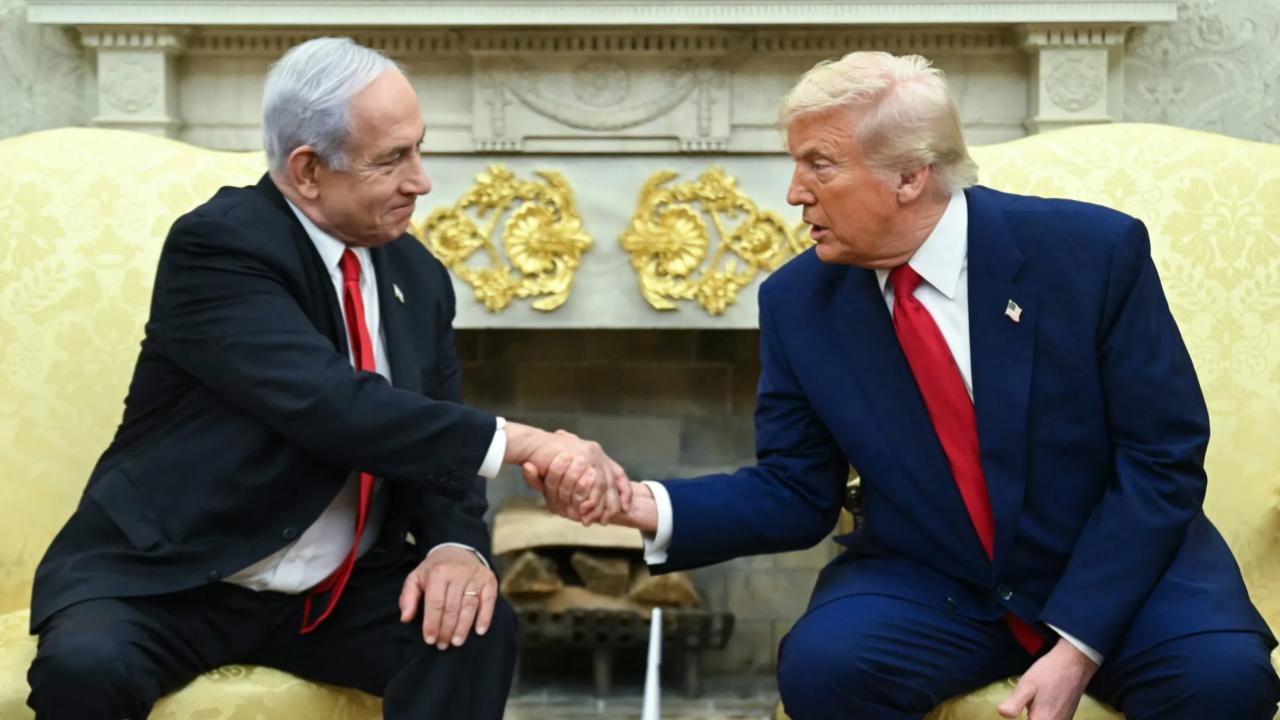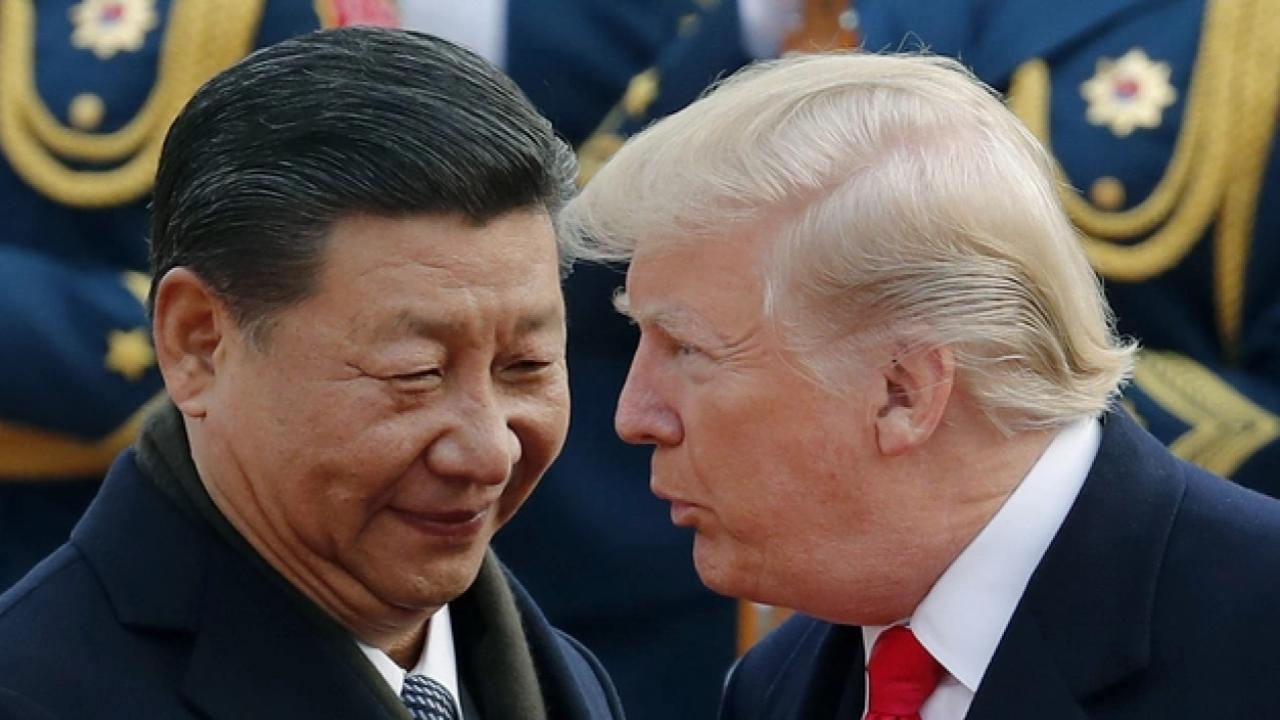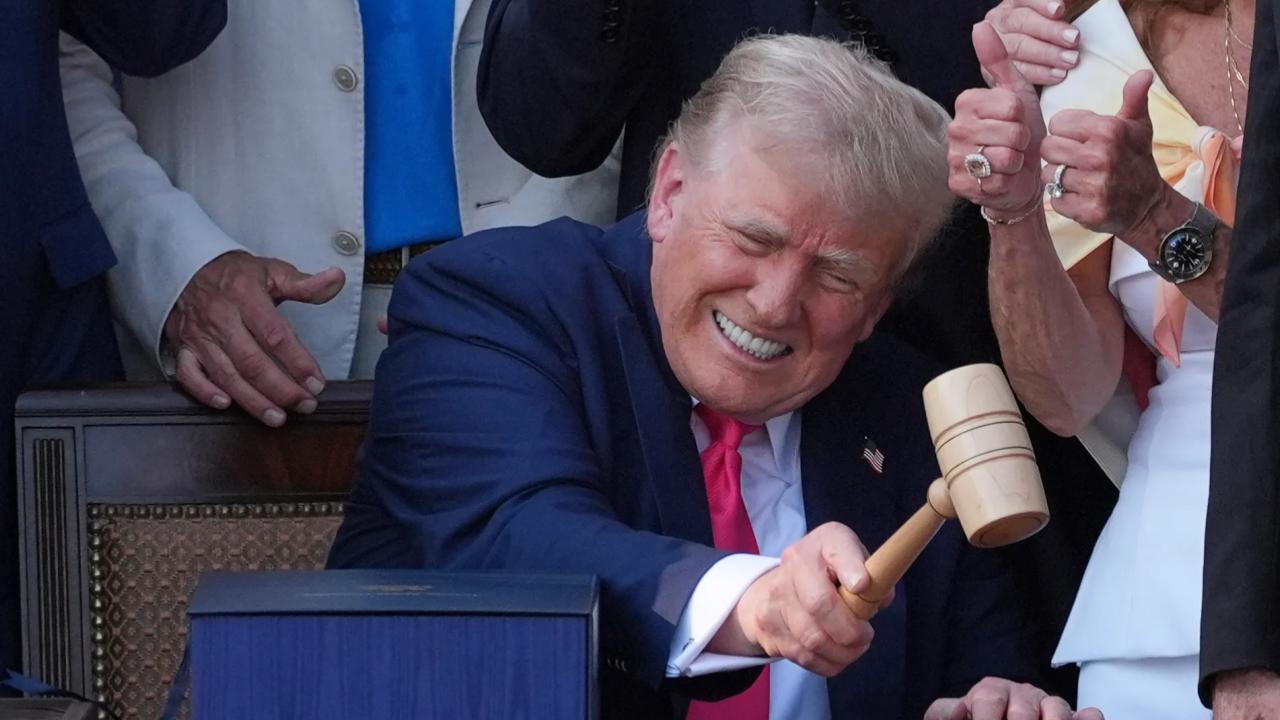The U.S. tariff drama shaking up Southeast Asia has become a major story this year, and it’s got leaders across the region scrambling to figure out their next move. These tariffs, introduced under President Donald Trump’s administration and continuing with ripple effects into 2025, have thrown a wrench into trade relationships, hitting many Southeast Asian countries hard. For businesses, governments, and workers alike, the fallout is real and pressing.
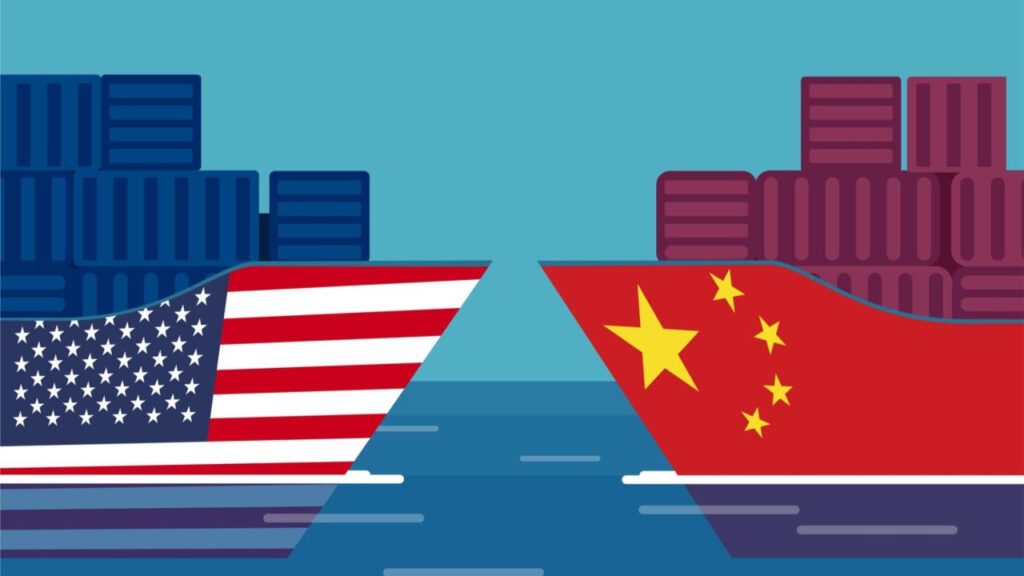
Let’s break down what’s going on, why it matters, and what Southeast Asian leaders are doing about it — all while keeping it straightforward and easy to grasp, whether you’re a trade expert or just curious about global affairs.
U.S. Tariff Drama Shakes Up Southeast Asia
| Topic | Details |
|---|---|
| U.S. Tariffs on Southeast Asia | Range from 10% up to 49%, heavily impacting exports, especially from Vietnam, Cambodia, and Thailand. |
| Affected Sectors | Electronics, textiles, machinery, and agricultural products among the hardest hit. |
| ASEAN Response | Regional summit held in Kuala Lumpur focusing on economic integration and diversification. |
| Bilateral Talks | Vietnam and other countries negotiating directly with U.S. officials to ease tariff burdens. |
| Economic Impact | Threats to export-driven growth, job markets, and supply chains across ASEAN economies. |
The U.S. tariff drama shaking up Southeast Asia is a clear reminder that global trade is a complex game with high stakes. For Southeast Asian nations, adapting means not only managing immediate economic pain but also charting a smarter, more diversified path forward. The Kuala Lumpur summit highlighted the urgency for ASEAN unity and innovation in trade strategies.
Whether you’re a business leader, policymaker, or just someone watching the news, understanding these shifts helps us all navigate the global economy better. Stay tuned, because trade talks and tariffs are far from over—and their ripple effects will keep shaping markets on both sides of the Pacific.
What’s the Deal with U.S. Tariffs on Southeast Asia?
You’ve probably heard the buzz about U.S. tariffs before—think trade wars, import taxes, and diplomatic back-and-forths. But the latest round specifically targeting Southeast Asia has really kicked things up a notch.
Since early 2025, the U.S. has slapped tariffs ranging from 10% to a whopping 49% on a range of imports coming out of ASEAN countries like Vietnam, Cambodia, and Thailand. These countries rely heavily on exports to the U.S., so these levies are more than just a slap on the wrist—they’re causing major economic headaches.
For instance, Vietnam’s exports to the U.S. are facing a 46% tariff on certain goods, which is a steep hike and a real blow to manufacturers and exporters trying to stay competitive.
Why Southeast Asia Feels the Heat
Southeast Asia’s economic model is export-driven. Countries like Vietnam have become global manufacturing hubs for electronics, textiles, and other consumer goods. The U.S. market is huge for these exports, so higher tariffs mean:
- Higher prices for American consumers on products made in Southeast Asia.
- Reduced profit margins for exporters in the region.
- Potential layoffs or factory shutdowns if companies can’t absorb or pass on costs.
- Disruption of supply chains that have been built over decades.
Add to that the geopolitical tension from U.S.-China trade issues, plus regional challenges like the civil war in Myanmar, and you’ve got a perfect storm making the ASEAN summit a critical meeting of the minds.
ASEAN Leaders Respond: Summit in Kuala Lumpur
In late May 2025, ASEAN leaders gathered in Kuala Lumpur for their 46th summit, aiming to hash out strategies to cope with these tariff shocks. Malaysian Foreign Minister Mohamad Hasan summed it up: ASEAN needs to deepen economic integration and diversify trade partnerships to cushion the impact.
What Does That Mean in Plain English?
- Economic Integration: Countries in ASEAN working more closely to trade and invest among themselves, reducing dependence on outside markets like the U.S.
- Diversification: Expanding trade beyond just the U.S. and China, opening up new markets in Europe, Africa, and Latin America.
The summit wasn’t just about tariffs, either. The leaders also tackled ongoing regional issues like the Myanmar crisis and maritime disputes in the South China Sea — all factors that add complexity to economic stability.
Vietnam and Bilateral Talks: Negotiating for Relief
Vietnam’s Trade Minister Nguyen Hong Dien has been front and center, sitting down with U.S. officials to discuss ways to reduce the trade surplus and combat trade fraud allegations, which are partly behind the tariff hikes.
These talks aim to:
- Lower tariff rates on Vietnamese goods.
- Improve transparency and compliance with trade regulations.
- Build trust to avoid future trade escalations.
Such negotiations are crucial because, for countries like Vietnam, the U.S. is a top export destination, and smoothing these relations can prevent further economic fallout.
Practical Advice for Businesses and Exporters
If you’re running or working in an export business in Southeast Asia—or even a U.S. company sourcing products from the region—here’s what you should consider:
1. Understand Your Exposure
Identify which products and markets are affected by the tariffs. Products facing the highest levies need special attention.
2. Explore Alternative Markets
Look beyond the U.S. to Europe, Japan, or emerging markets to spread your risk.
3. Invest in Compliance
Trade fraud allegations often trigger tariffs, so ensuring all customs and trade paperwork is airtight can help avoid penalties.
4. Collaborate Regionally
Work with ASEAN partners to leverage regional trade agreements, like the Regional Comprehensive Economic Partnership (RCEP), which can provide tariff-free trade within member countries.
5. Engage in Advocacy
Stay informed and participate in industry groups lobbying for favorable trade policies and tariff relief.
What This Means for the Average Joe
You might wonder: Why should I care about tariffs on imports from Southeast Asia? Well, the effects trickle down to everyday life:
- Prices on everyday goods could rise in U.S. stores—from electronics to clothes.
- Job markets could shift if companies move manufacturing or adjust supply chains.
- Global economic stability can affect stock markets and even gas prices.
Keeping an eye on these trade developments helps understand the bigger picture of the economy and what it might mean for your wallet.
Frequently Asked Questions (FAQs)
Q1: Why did the U.S. impose tariffs on Southeast Asian countries?
The tariffs were introduced to address trade imbalances, combat alleged trade fraud, and protect U.S. industries from unfair competition.
Q2: Which Southeast Asian countries are most affected?
Vietnam, Cambodia, and Thailand face the steepest tariffs, with Vietnam’s exports hit by up to 46% tariffs on certain goods.
Q3: How are ASEAN countries responding?
They are working on regional economic integration, diversifying trade partners, and engaging in bilateral talks with the U.S. to negotiate tariff reductions.
Q4: What sectors are hit the hardest?
Electronics, textiles, machinery, and agricultural products are among the most affected.
Q5: Will these tariffs affect U.S. consumers?
Yes, tariffs often lead to higher prices on imported goods, which can impact consumer costs.


